Home>Garden Essentials>What Soil Temperature Do Weeds Germinate
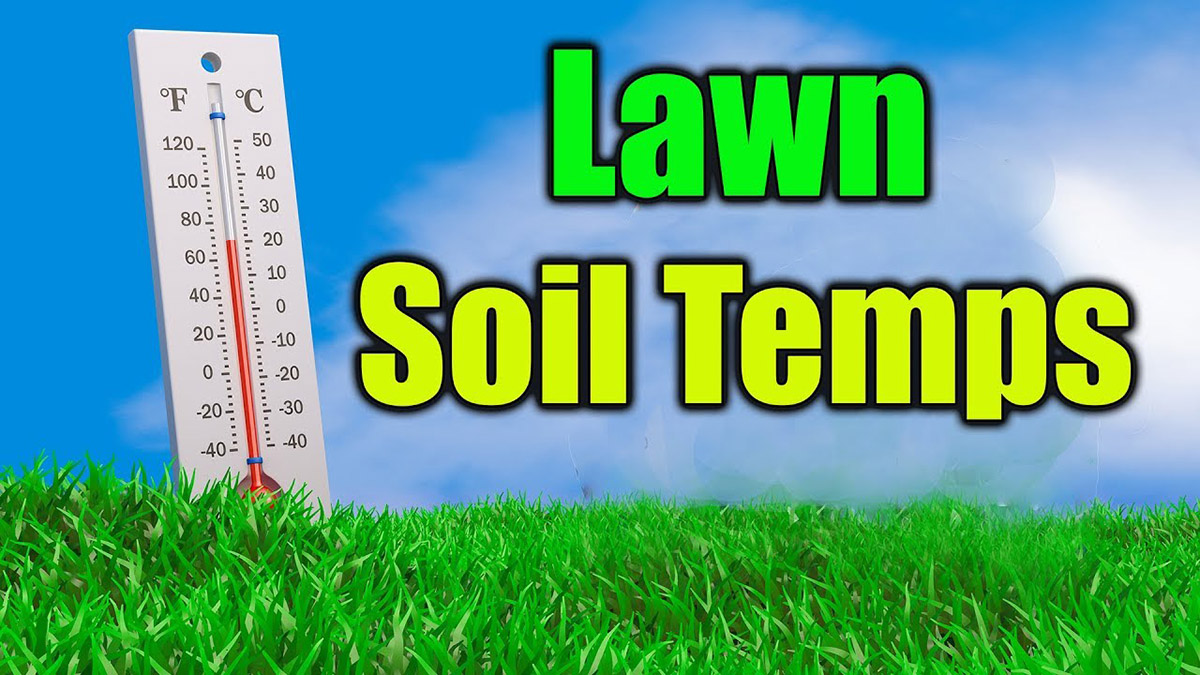

Garden Essentials
What Soil Temperature Do Weeds Germinate
Modified: August 28, 2024
Learn the optimal soil temperature for weed germination in your garden. Prevent unwanted plants from sprouting with the right temperature control.
(Many of the links in this article redirect to a specific reviewed product. Your purchase of these products through affiliate links helps to generate commission for Storables.com, at no extra cost. Learn more)
Introduction
Welcome to the world of gardening! Whether you are an experienced gardener or just starting out, one of the key challenges faced when growing plants is dealing with weeds. These unwanted plants seem to have a knack for popping up at the most inconvenient times and places, stealing valuable nutrients and water from your beloved garden plants. Understanding the factors that influence weed germination can help you better manage and control these pesky intruders.
One crucial factor that affects weed germination is soil temperature. The temperature of the soil plays a significant role in determining when and how quickly weeds start to grow. By understanding the optimal soil temperature for weed germination, you can devise effective strategies to prevent and control their growth.
In this article, we will explore the importance of soil temperature in weed germination. We will also look at the optimal soil temperature for common weeds and discuss strategies to control their germination through temperature management. So, grab your gardening gloves and let’s dive into the fascinating world of soil temperature and weed germination!
Key Takeaways:
- Understanding soil temperature is crucial for controlling weed growth in your garden. By manipulating soil temperature, you can create a more favorable environment for your desired plants to thrive while suppressing weed populations.
- Different weeds have specific soil temperature preferences for germination. By knowing these preferences, you can implement targeted strategies to control weed germination and maintain a healthier garden environment.
Read more: When Do Weeds Germinate
Factors Affecting Weed Germination
Weed germination is a complex process influenced by various factors. Understanding these factors is crucial in devising effective weed control strategies. Let’s take a closer look at some of the key factors that influence weed germination:
- Soil Moisture: Adequate moisture in the soil is essential for weed germination. Just like any other plant, weeds also require water to initiate the germination process. However, excessive moisture can hinder germination, leading to rot or fungal diseases.
- Soil Nutrients: Weeds thrive in nutrient-rich environments. Soil that is rich in organic matter and nutrients can provide the perfect breeding ground for weeds to grow and spread rapidly.
- Light: Light plays a critical role in weed germination. Many weed seeds require exposure to light to trigger their germination process. This is why you often find weeds sprouting near the surface of the soil or along sunny areas of your garden.
- Oxygen: Like any other plant, weed seeds also require oxygen for germination. Oxygen facilitates the metabolic processes necessary for seed germination. Compacted soil or waterlogged conditions can restrict the availability of oxygen, hindering weed germination.
- Soil pH: The pH level of the soil can impact weed germination. Some weed species thrive in acidic soils, while others prefer alkaline or neutral pH levels. Understanding the pH preferences of different weed species can help you adjust the soil pH to discourage their germination.
- Seed Dormancy: Many weed seeds have built-in mechanisms for dormancy, meaning they can remain in the soil for extended periods without germinating. Factors such as temperature, light exposure, and chemical inhibitors can influence the dormancy period of weed seeds.
It is important to note that these factors do not act in isolation, but rather interact with one another to influence weed germination. By understanding and manipulating these factors, you can create conditions that are less favorable for weed germination, effectively reducing weed populations in your garden.
The Importance of Soil Temperature
When it comes to weed germination, soil temperature is a crucial factor that can significantly influence the growth and development of weeds. Understanding the importance of soil temperature can help you devise strategies to manage and control weed populations effectively. Here’s why soil temperature matters:
1. Germination Trigger: Soil temperature acts as a trigger for weed seed germination. Different weed species have specific temperature requirements for germination. When the soil temperature reaches the ideal range, it signals to weed seeds that it’s time to break dormancy and begin the germination process. By manipulating the soil temperature, you can influence the timing and rate of weed germination.
2. Competitive Advantage: Weeds are opportunistic plants that compete fiercely with desirable plants for essential resources like water, nutrients, and sunlight. By understanding the optimal soil temperature for weed germination, you can strategically time your planting and cultivation activities to minimize competition with weeds. This gives your garden plants a competitive advantage and improves their overall growth and productivity.
3. Effective Weed Control: Managing weed populations starts with prevention, and controlling their germination through soil temperature manipulation can be an effective strategy. By adjusting the soil temperature to outside the optimal range for weed germination, you can create unfavorable conditions that inhibit or delay their growth. This reduces the need for constant manual weeding or reliance on herbicides.
4. Environmental Considerations: Manipulating soil temperature for weed control can also offer environmental benefits. By minimizing the germination and growth of weeds, you can reduce the need for synthetic herbicides, which can have negative impacts on the environment and biodiversity. Additionally, by implementing temperature management techniques, you can conserve water by limiting weed growth and their demand for irrigation.
5. Crop Protection: Maintaining optimal soil temperature not only controls weed germination but also protects your desired crops. Weeds compete with crops for resources, and their presence can reduce crop yields and quality. By managing soil temperature to prevent weed germination, you can promote healthier crop growth and harvests.
Understanding the importance of soil temperature in weed germination allows you to implement effective weed control strategies that minimize weed competition, protect your crops, and reduce environmental impact. By optimizing soil temperature, you can create a nurturing environment for your garden plants while keeping weed populations in check.
Optimal Soil Temperature for Weed Germination
Each weed species has its own preferred range of soil temperature for germination. By understanding these temperature requirements, you can implement targeted strategies to control weed germination. Here are some common weeds and their optimal soil temperature for germination:
- Dandelion (Taraxacum officinale): Dandelion seeds germinate best when the soil temperature ranges between 50°F (10°C) and 68°F (20°C). These resilient weeds can sprout throughout the growing season, but their peak germination occurs in early spring and late summer.
- Crabgrass (Digitaria spp.): Crabgrass seeds thrive in warm soil temperatures, typically between 59°F (15°C) and 86°F (30°C). They begin germinating in late spring and continue throughout the summer, posing a significant challenge for lawns and garden beds.
- Chickweed (Stellaria media): Chickweed seeds prefer cooler soil temperatures, ranging from 50°F (10°C) to 68°F (20°C). They typically germinate in early spring or fall when the weather is mild and moist.
- Purslane (Portulaca oleracea): Purslane seeds require warm soil temperatures between 68°F (20°C) and 95°F (35°C) for optimal germination. These weeds are particularly adaptable and can germinate throughout the growing season.
- Lamb’s Quarters (Chenopodium album): Lamb’s Quarters seeds have a wide soil temperature range for germination, from 41°F (5°C) to 95°F (35°C). They are prolific weeds and can germinate in various environmental conditions.
It’s important to note that these temperature ranges are general guidelines and may vary slightly depending on factors like soil moisture, light exposure, and specific weed genetics. Monitoring the soil temperature with a soil thermometer can give you valuable insights into the conditions favoring weed germination.
To prevent weed germination, it is advisable to create temperature extremes outside the optimal ranges. This can be achieved through techniques such as mulching, which helps to insulate the soil and moderate its temperature. Mulching can also conserve soil moisture and inhibit weed seed germination. Additionally, timing your cultivation, watering, and planting activities to coincide with unfavorable soil temperature ranges can further suppress weed germination.
By understanding the optimal soil temperature for weed germination and implementing appropriate temperature management techniques, you can effectively control weed populations throughout the growing season and maintain a healthier garden.
Weeds generally germinate when soil temperatures reach around 55-60°F (13-16°C). Monitoring soil temperature can help you predict and prevent weed growth.
Common Weeds and Their Germination Temperatures
Understanding the germination temperatures of common weeds can help you devise targeted strategies to control their growth. Here are some common weeds and their preferred soil germination temperatures:
- Dandelion (Taraxacum officinale): Dandelion seeds germinate best in soil temperatures ranging from 50°F (10°C) to 68°F (20°C).
- Crabgrass (Digitaria spp.): Crabgrass seeds prefer warm soil temperatures between 59°F (15°C) and 86°F (30°C) for optimal germination.
- Chickweed (Stellaria media): Chickweed seeds thrive in cooler soil temperatures, ranging from 50°F (10°C) to 68°F (20°C).
- Purslane (Portulaca oleracea): Purslane seeds require warm soil temperatures between 68°F (20°C) and 95°F (35°C) to germinate effectively.
- Lamb’s Quarters (Chenopodium album): Lamb’s Quarters seeds can germinate over a wide range of soil temperatures, from 41°F (5°C) to 95°F (35°C).
- Bindweed (Convolvulus arvensis): Bindweed seeds germinate best in soil temperatures around 68°F (20°C).
- Quackgrass (Elymus repens): Quackgrass seeds prefer cooler soil temperatures around 40°F (4°C) for germination.
- Pigweed (Amaranthus spp.): Pigweed seeds germinate well in warm soil temperatures above 59°F (15°C).
- Groundsel (Senecio vulgaris): Groundsel seeds require cooler soil temperatures around 68°F (20°C) to germinate successfully.
- Annual Bluegrass (Poa annua): Annual Bluegrass seeds prefer cooler soil temperatures around 50°F (10°C) for germination.
These are just a few examples of common weeds and their optimal germination temperatures. It’s important to note that soil moisture, light exposure, and other environmental factors can also affect weed germination. By understanding the preferred germination temperatures of specific weed species, you can strategically manage your gardening practices to reduce weed populations.
To control weeds, consider implementing temperature manipulation techniques, such as adjusting planting and cultivation timing to avoid optimal germination temperatures. Additionally, practices like mulching and maintaining proper soil moisture levels can create unfavorable conditions for weed seed germination.
By knowing the germination temperatures of common weeds and implementing targeted control methods, you can effectively manage weed populations and maintain a healthier garden environment.
Read more: What Temperature Do Sweet Corn Germinate In
Strategies for Controlling Weed Germination through Soil Temperature
Manipulating soil temperature is an effective strategy for controlling weed germination. By creating unfavorable conditions for weed seeds to sprout, you can reduce weed populations and minimize their impact on your garden. Here are some strategies you can employ to control weed germination through soil temperature:
- Mulching: Applying a layer of organic mulch, such as straw, wood chips, or leaves, can help regulate soil temperature. Mulch acts as an insulating barrier, keeping the soil cooler in hot weather and warmer in colder temperatures. By maintaining more stable soil temperatures, mulching can discourage weed seed germination.
- Timing Cultivation and Planting: Plan your planting and cultivation activities to coincide with suboptimal soil germination temperatures for weeds. By working the soil and planting your desired crops when weed germination is less likely, you give your plants a competitive advantage while hindering weed growth.
- Watering Practices: Proper watering techniques can impact soil temperature and weed germination. Water deeply and infrequently to encourage deeper root growth of desirable plants while creating drier surface soil conditions that discourage weed germination. Avoid overwatering, as excessively moist soil can promote weed growth.
- Utilizing Shade: If possible, utilize shade elements like trees or trellises to partially shade the soil and reduce soil temperature. This can help create unfavorable conditions for weed germination while protecting your garden plants from excessive heat.
- Use of Landscape Fabric: Landscape fabric or weed barrier cloth can help regulate soil temperature and inhibit weed growth. Install the fabric before planting your desired plants, cutting holes for plantings. The fabric restricts light and airflow to weed seeds, preventing germination.
- Crop Rotation: Practicing crop rotation can disrupt weed germination patterns. By rotating crops that differ in their soil temperature preferences, you can create fluctuating soil temperature conditions that are less conducive to consistent weed germination.
- Soil Modification: Adjusting soil pH and nutrient levels can indirectly influence weed germination. Conduct a soil test to determine the pH of your soil and adjust it to favor your desirable plants while discouraging weed growth. Additionally, maintaining proper soil fertility levels can support healthy crop growth, reducing weed competition.
- Weed Seed Bank Management: Managing your weed seed bank is essential for long-term weed control. Prevent weeds from going to seed by removing mature plants before they disperse seeds. This limits the number of weed seeds present in the soil, reducing future germination potential.
By employing these strategies, you can significantly reduce weed germination through soil temperature manipulation. It’s important to combine these techniques with other integrated weed management practices, such as regular hand-weeding, mechanical cultivation, and use of organic mulches or herbicides, to achieve the best results.
Remember, each garden is unique, and the effectiveness of these strategies may vary depending on factors like climate, weed species, and soil conditions. Regular monitoring and adjustments based on the specific needs of your garden will help you achieve long-term success in controlling weed germination through soil temperature management.
Conclusion
Controlling weed germination is a key aspect of successful gardening, and understanding the role of soil temperature in weed growth is essential. By manipulating soil temperature, you can effectively suppress weed populations and create a more favorable environment for your desired plants to thrive. Here’s a recap of what we’ve explored in this article:
First, we discussed the various factors that influence weed germination, including soil moisture, nutrients, light, oxygen, soil pH, and seed dormancy. These factors work together to determine when and how quickly weeds will sprout in your garden.
Next, we emphasized the importance of soil temperature in weed germination. Soil temperature acts as a trigger for weed seeds to break dormancy and initiate the germination process. By understanding the optimal soil temperature for weed germination, you can time your gardening activities to minimize weed competition and maximize the growth of your desired plants.
We then explored the optimal soil temperatures for germination of common weeds, such as dandelion, crabgrass, chickweed, purslane, and lamb’s quarters. Knowing the preferred germination temperatures of these weeds can guide your temperature management strategies.
We also provided strategies for controlling weed germination through soil temperature manipulation. Techniques such as mulching, timing cultivation and planting activities, adjusting watering practices, utilizing shade, employing landscape fabric, practicing crop rotation, soil modification, and managing the weed seed bank can all contribute to effective weed control.
In conclusion, by understanding the factors that affect weed germination, recognizing the importance of soil temperature, and implementing targeted strategies, you can successfully manage weed populations in your garden. Remember to integrate these techniques with other weed control practices and adapt them to the specific needs and conditions of your garden.
Happy gardening, and may your garden thrive weed-free!
Frequently Asked Questions about What Soil Temperature Do Weeds Germinate
Was this page helpful?
At Storables.com, we guarantee accurate and reliable information. Our content, validated by Expert Board Contributors, is crafted following stringent Editorial Policies. We're committed to providing you with well-researched, expert-backed insights for all your informational needs.
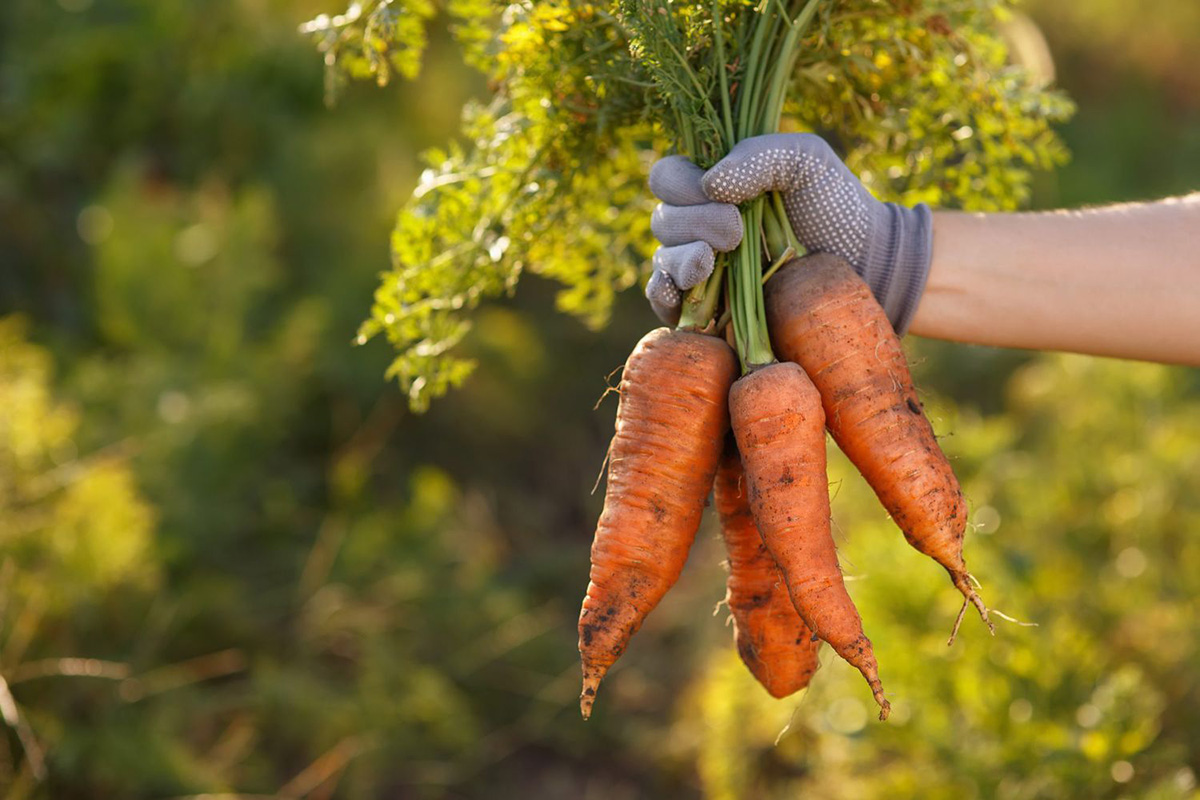
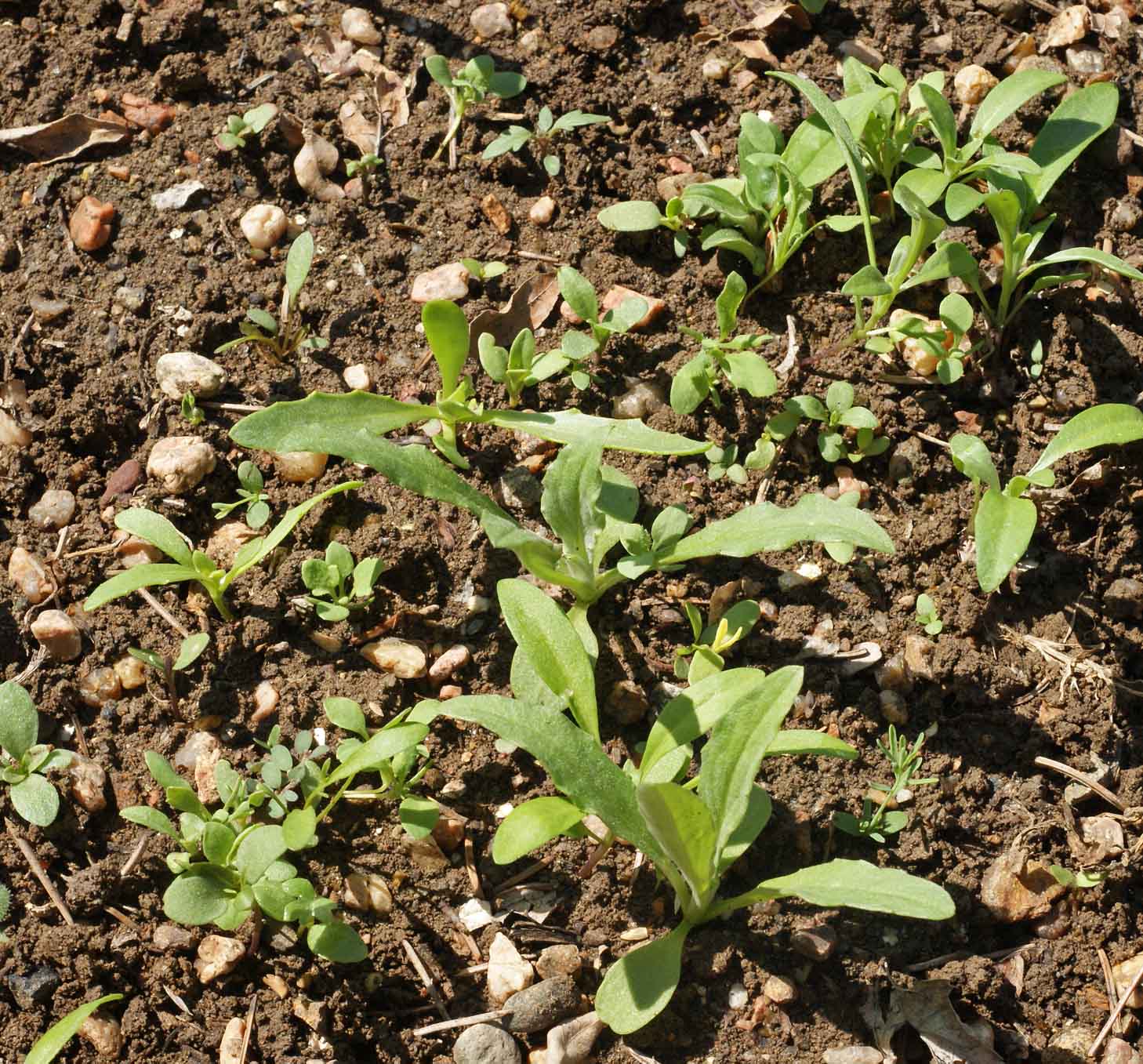
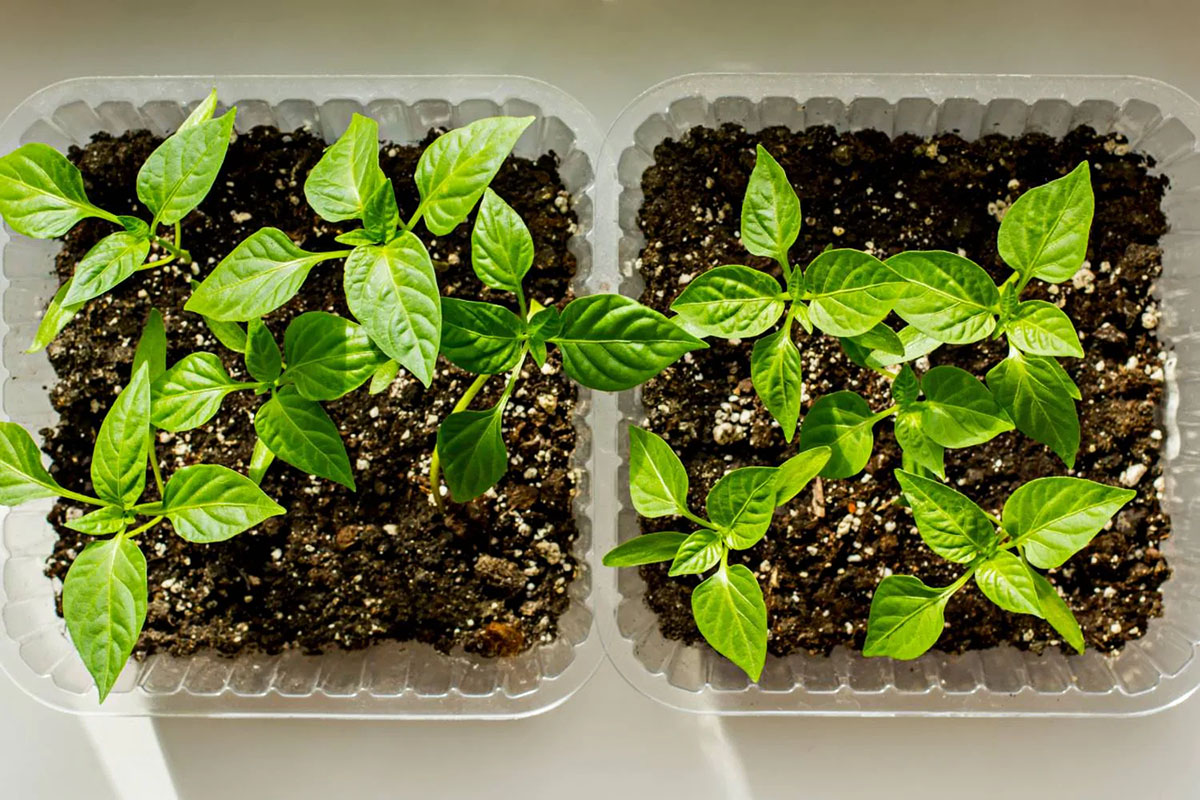
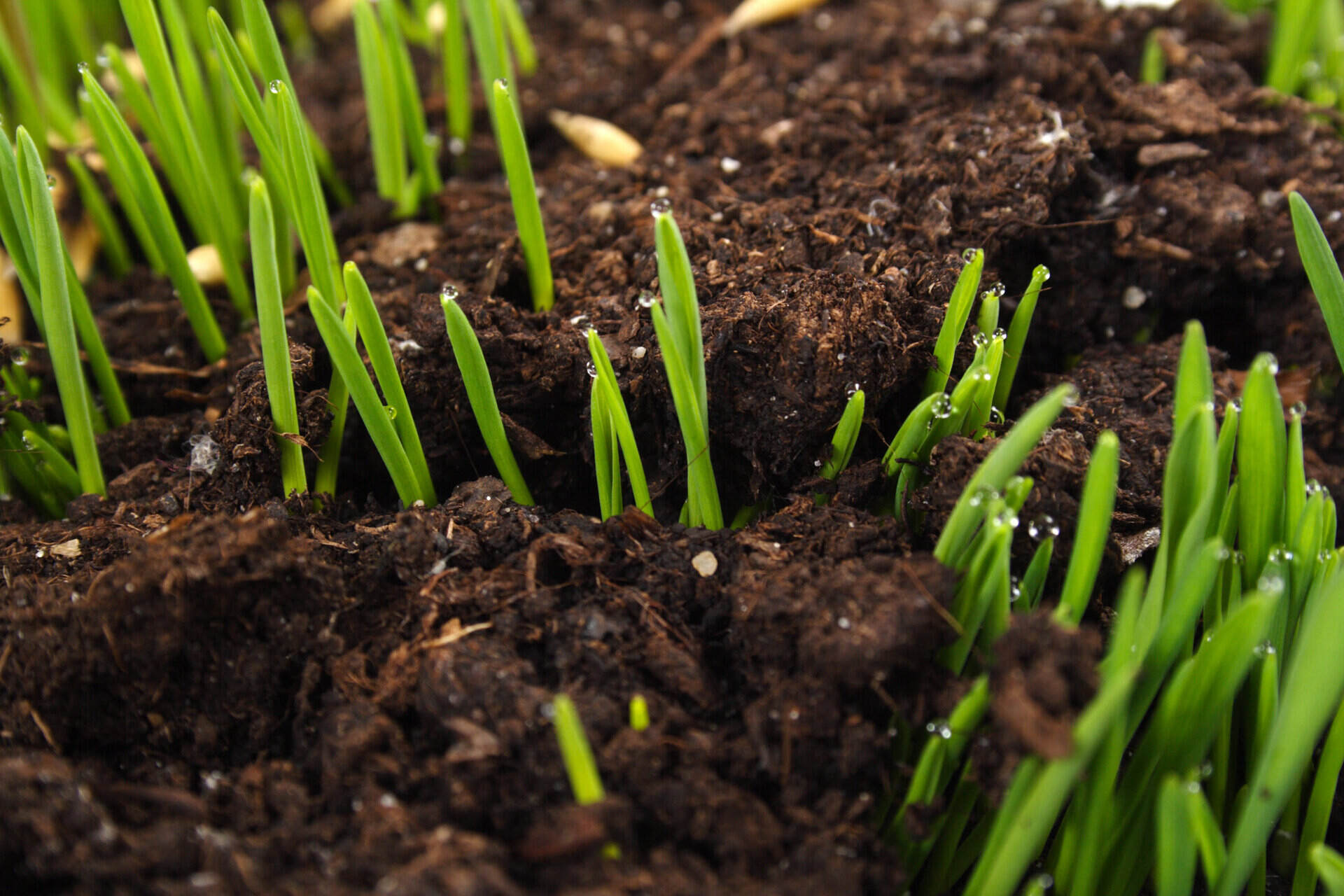
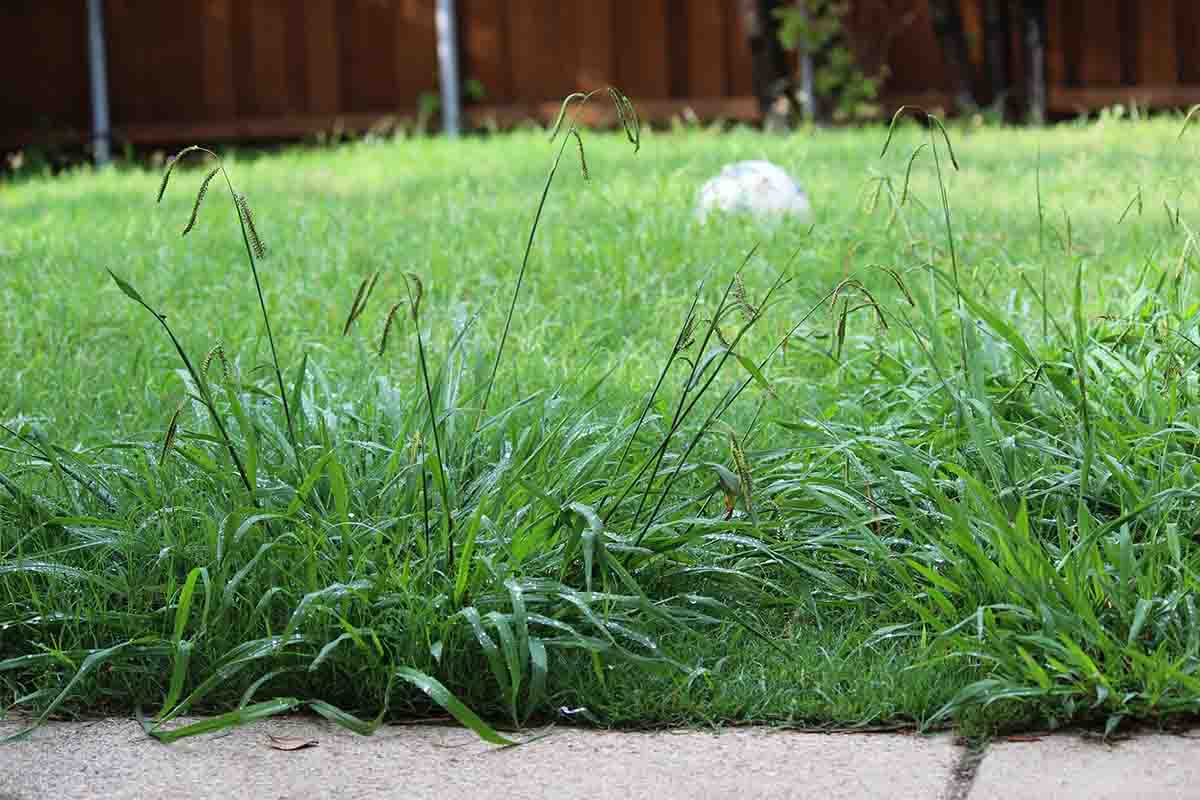
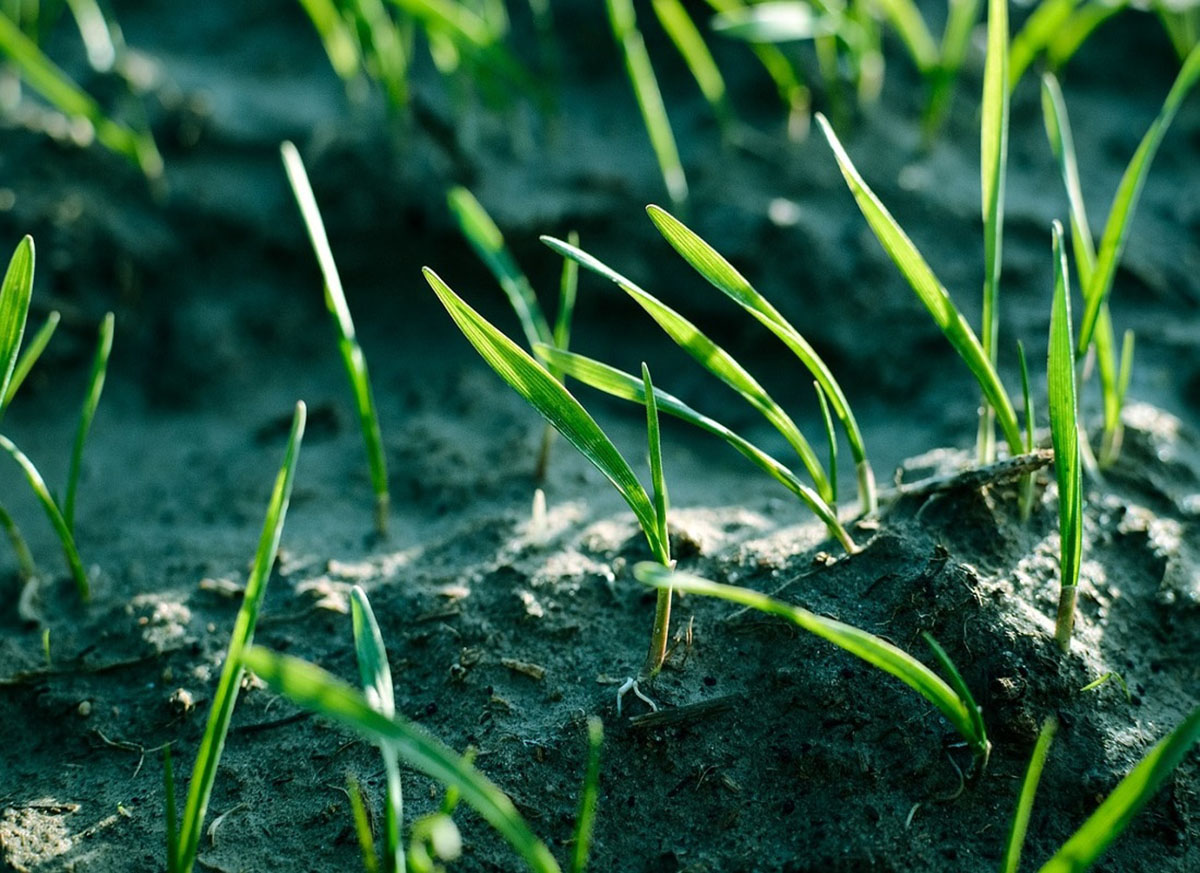
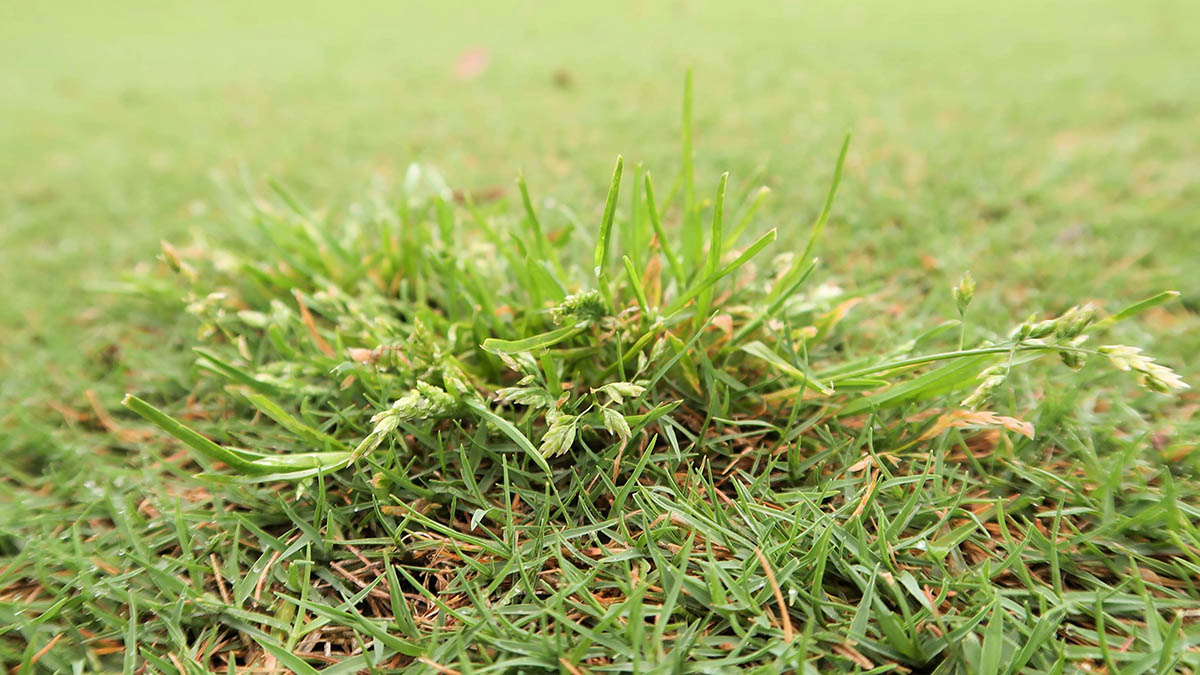
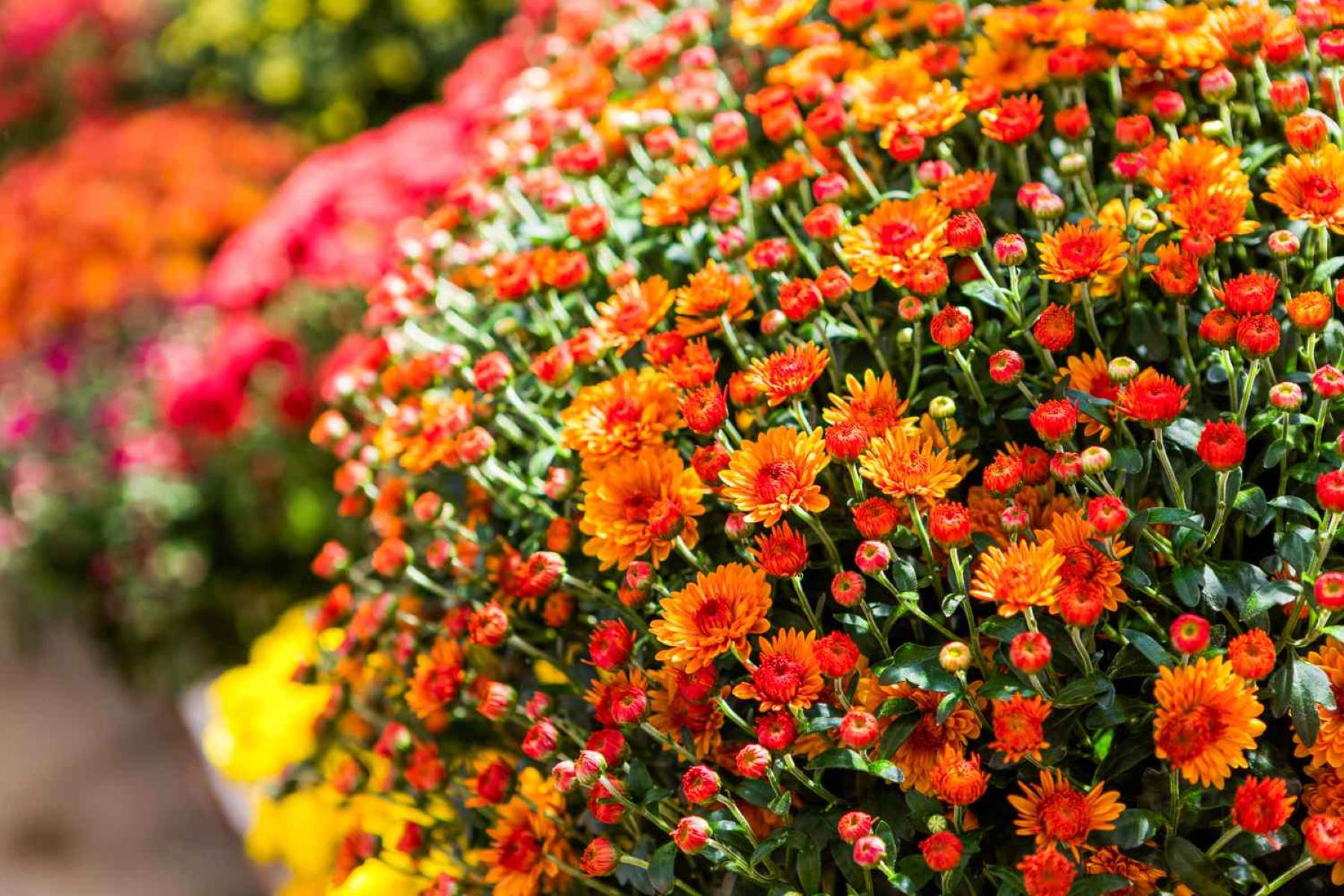
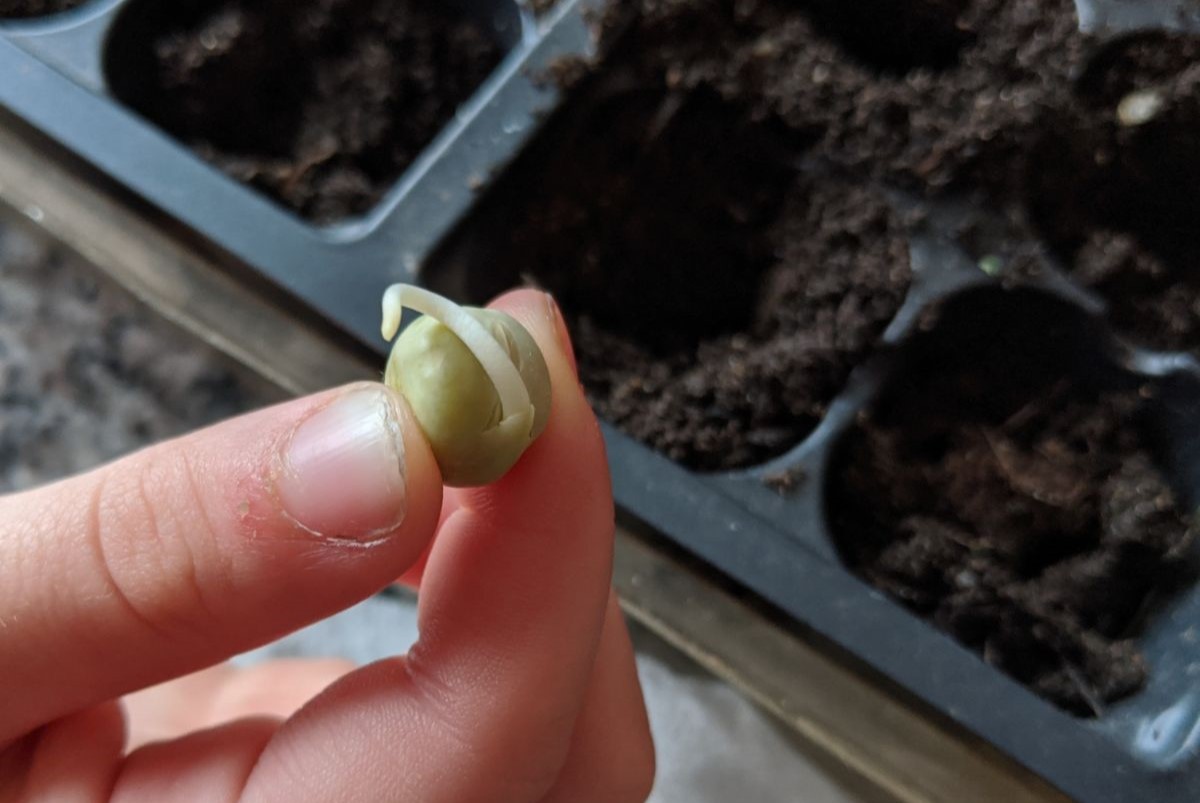
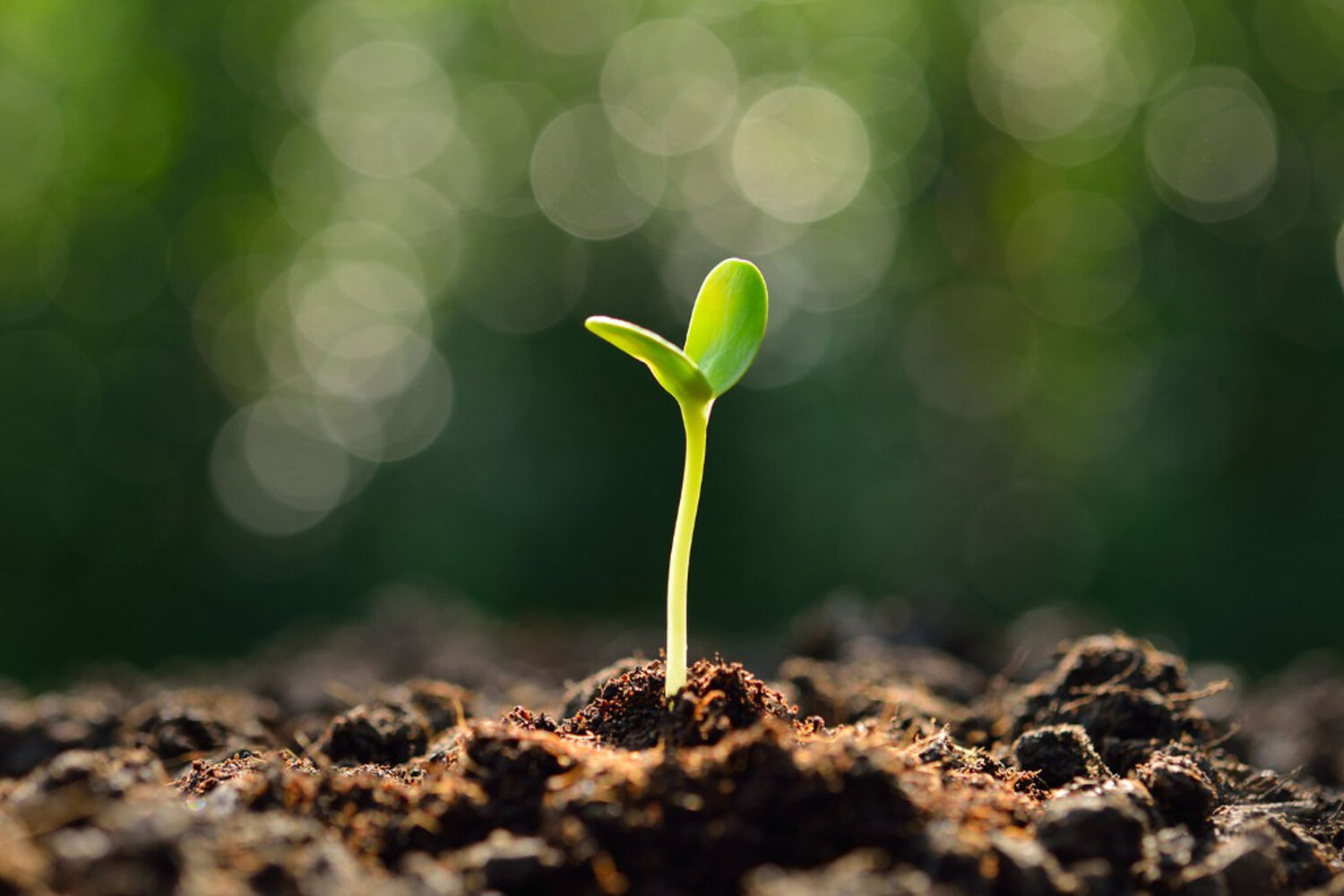
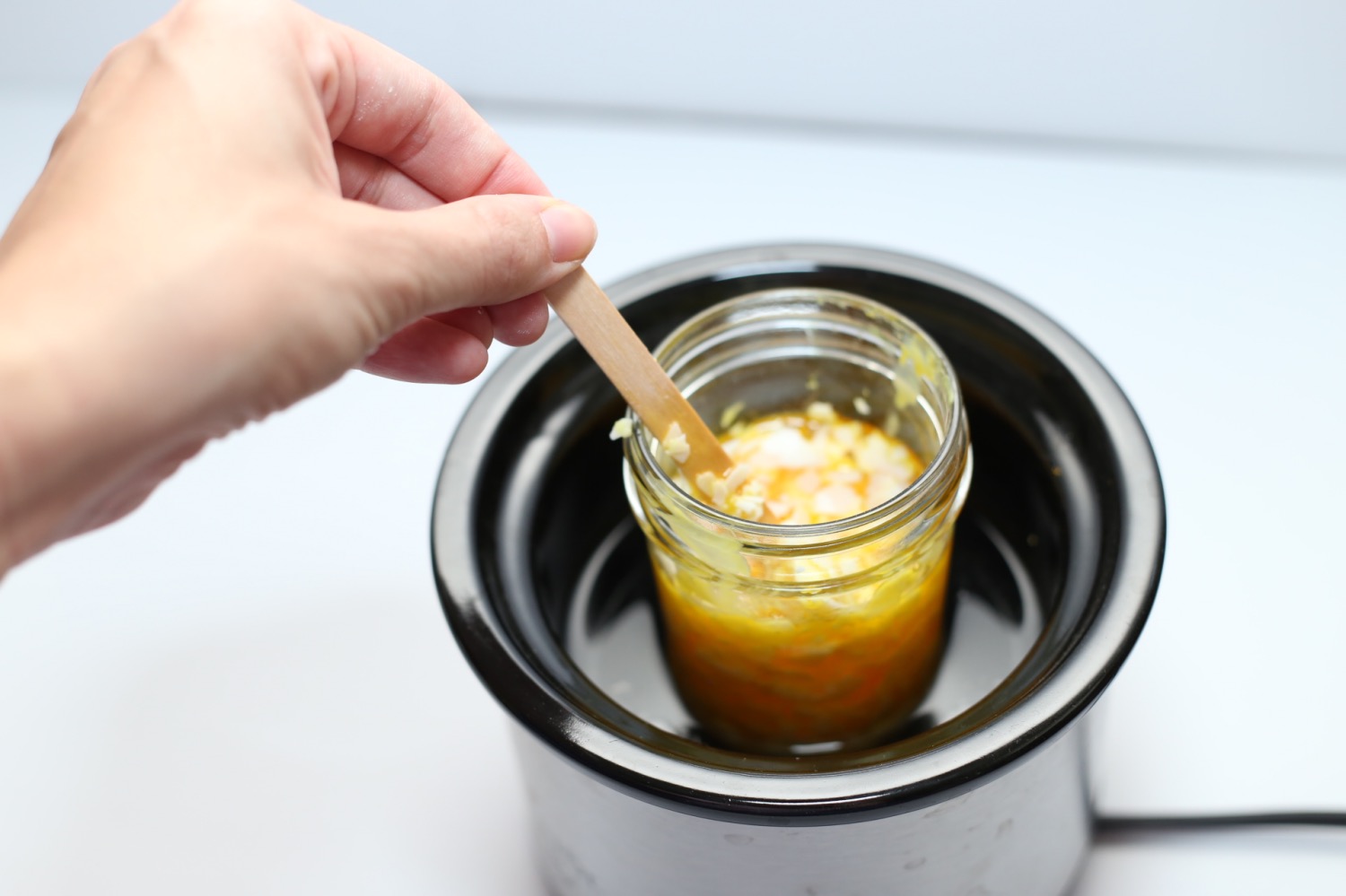

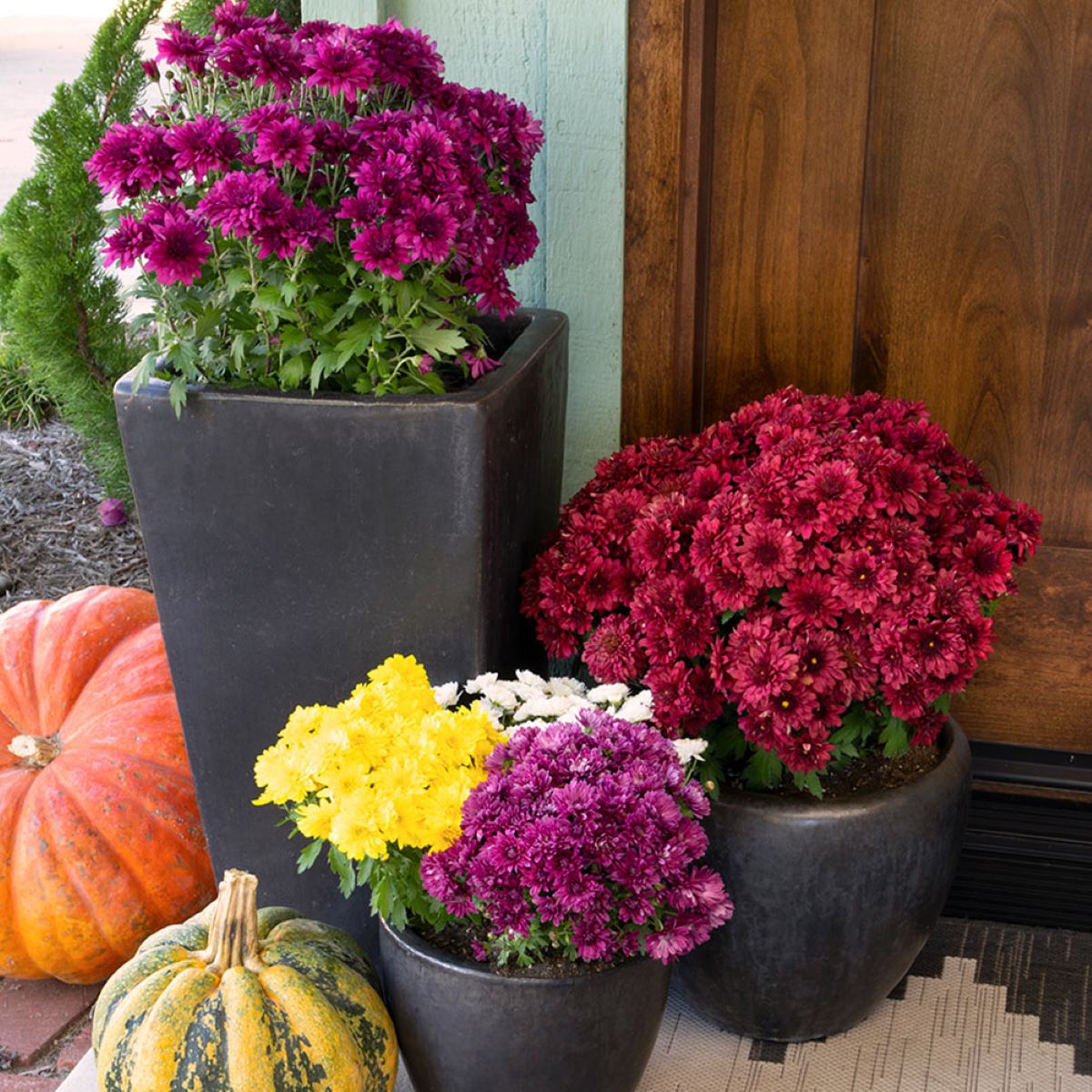


0 thoughts on “What Soil Temperature Do Weeds Germinate”